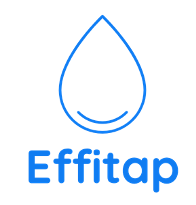
Unleashing the full potential of water conservation in everyday life.
A single person wastes 15% – 39% of water every day due to over-use.
www.drizzlex.com
Welcome to effitap, a startup founded by a group of talented master’s students from all across the world with the purpose of reducing water consumption through raising awareness by retrofitting existing household items. Our concept will be presented to you in a short film in which you will be introduced to the crippling problem of water usage that we confront and the solution that we provide.
What is the issue that we are dealing with?
How many of us are aware of the amount of water we consume on a daily basis? If you are, you should be proud of yourself for being ‘environmentally conscious,’ but if you aren’t, the figure will shock you.
On an average, a single person wastes 15% – 39% of water every day due to over-use. With more than 700 million people living in Europe alone, where scarcity of water is not experienced by many , the figure is unimaginable. But what can you do to reduce it? The first step towards reduction is being aware of one’s own water consumption. For instance, when you open the faucet to wash your dishes, you are probably unaware that it is fully open and that you could potentially wash your dishes with the faucet being open at 75%. This is one of the ways water is being wasted. So how can one be aware of the water usage instantly?

What do we propose as a solution?
The solution we present envisions to raise awareness about water consumption by adding a smart water meter that is simple to install in an existing taps and showers . The instalment process involves screwing the device into the tap, without the use of tools – where the device becomes an extension of the tap. It’s also easy to clean the product for calcification as it is easily removable and installable. This smart device will be equipped with cutting-edge technology that will enable users to track their water usage across all taps and showers in their households, which amounts to 50% of total water consumption. The smart water meter is only connected to taps and showers since these are the only water outlets where the user can regulate the consumption. When you switch on the dishwasher or flush the toilet, for example, you have no control over the amount of water that is consumed, and it is more or less constant.
Consequently, water intake and consumption can be instantly tracked using an app that gives active feedback to encourage users to consume water more conscientiously. Even better, the app contains features such as a leaderboard , and a comparison data tracker, providing important information to the user, aiding their transition from unconscious to conscious water consumption.
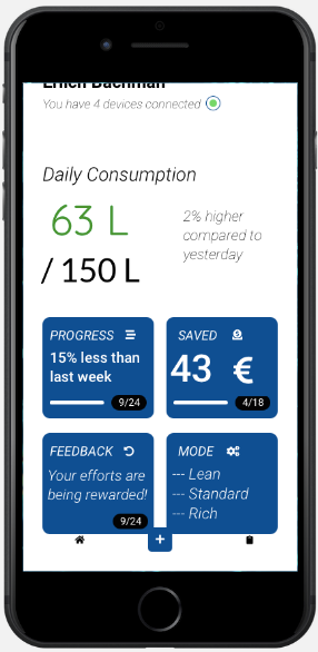
What is the mechanism behind it?
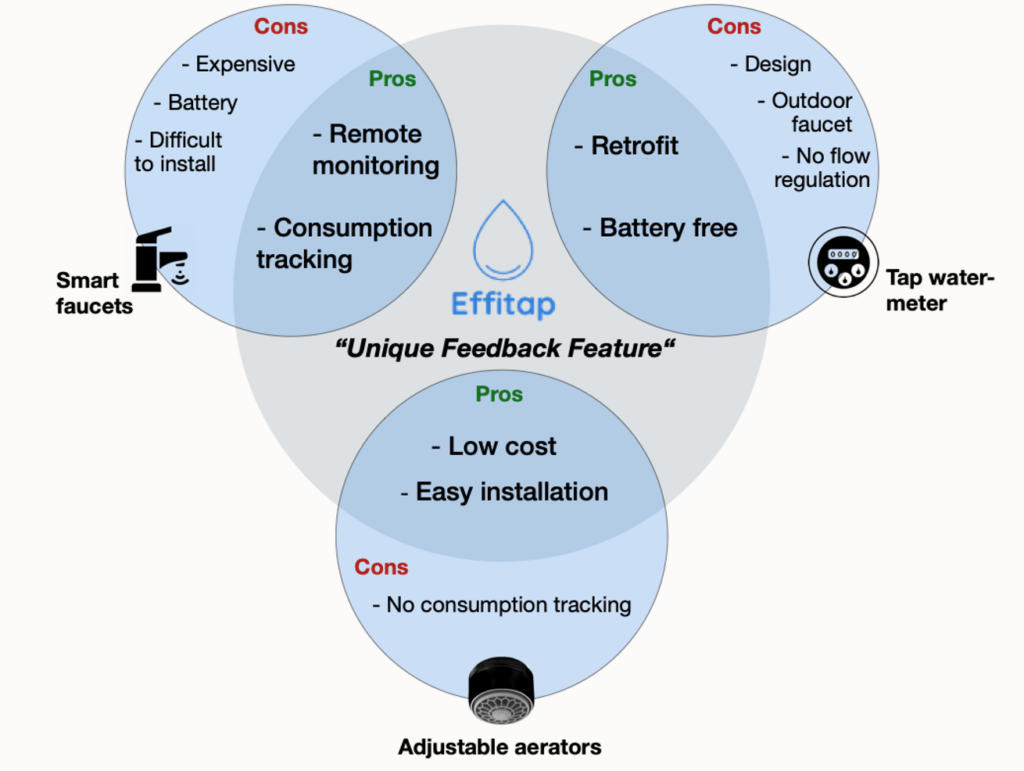
The product’s technology is straightforward but effective. The product has three main parts a shell, a propel and sensors. The shell is used to direct the water to the propeller and to contain all the electronics. In the propel is a magnet, so when the propeller is rotating the magnet makes a fluctuating magnetic field. to measure the fluctuating magnetic field we use a hall effect sensor and with that find how many rotations the propeller takes. With these component we can measure the water flow through our device because the number of rotations can be directly translated into how much water going through the device by making a calibration.
The smart water meter has some of the best features from other competitors while adding our unique feed back features. The most attractive aspect of our product is that we have adapted from competitors’ product features while leaving out all the cons.
Feedback wise, the smart device will broadcast data regarding the consumed water directly to the user. In order to give the best feedback, the data will be processed by a deep learning model, which can classify the behavior of the user’s water consumption. Simply put, the model will compare water usage with the tap in question to all other data which has been collected by other EffiTap devices. It then classifies the patterns, which results in the device knowing what the tap has been used for during different periods. For example, if the user has been washing dishes, the model will compare this period, and the water consumed, with other dish washing patterns. It can now give tips to the user on how to reduce water while doing the dishes, by investigating how other users have washed their dishes in an optimal usage pattern. Finally, from this data the device knows how much more water you have consumed compared to the average person. From here it can compute how much money one has saved (or spent) compared to others.
The device is battery-free. The device has a local power supply, which is powered by harvesting energy as water flows through it. The device is also wireless, and can be connected to wifi through the app. The user simply broadcasts the wifi information from a smart phone to the device as a part of the instalment process
.
Our business plan.
In our business plan we have to parts. The first is selling the device itself and the second is to sell the data that we get from the devices sold.

The first part is both a Business to Business model and a Business to costumer model. We will sell our product to a distributor who will sell it to the end-user. The end-user will then get access to the device and the belonging app with some of its features but if the end-user want to unlock all the features they need to pay a monthly subscription.

The second part is the data we get from all the devices can be valuable for the water utilities. So when there is enough data from the devices this can be sold to the water utilities.
Our plan from here on.
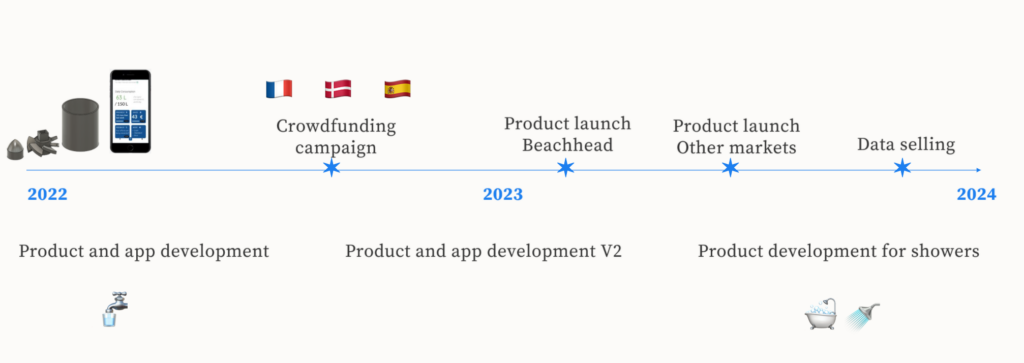
About the team!
Our team is made up of six DTU students with a variety of experiences with a common goal of optimising water usage in households.
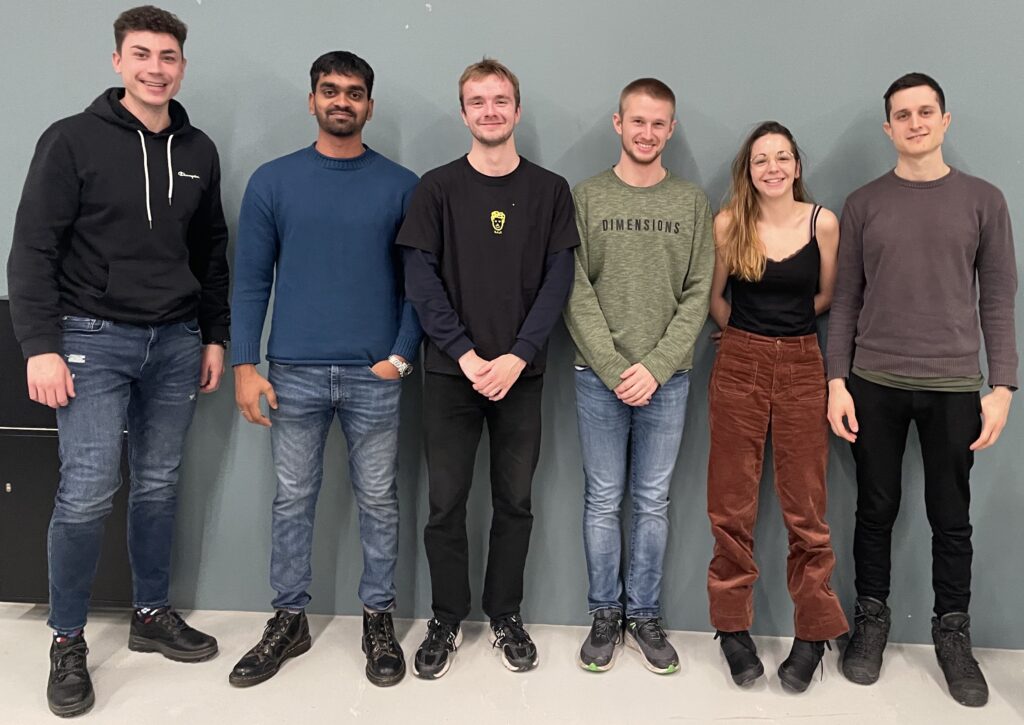
Mathias Søndergaard, MSc. Computer Science,
André Luis Radigonda, MSc. Transport and Logistics,
Matias Dam Zacho Rasmussen, MSc. Physics and Nanotechnology
Victor Soler Fuertes, MSc. Industrial Engineering and Management,
Garghi Sivakumar Punitharani, MSc. Engineering Acoustics,
Lilie Boizumault, Msc. Design and Innovation,





